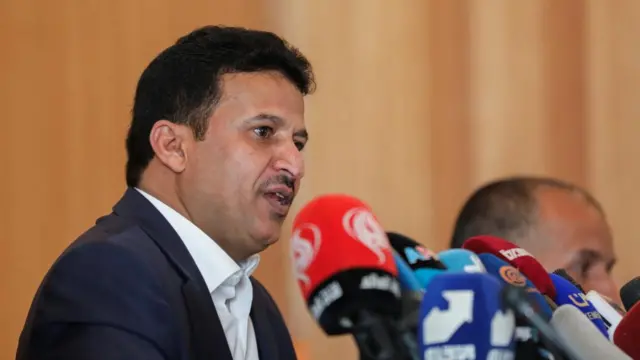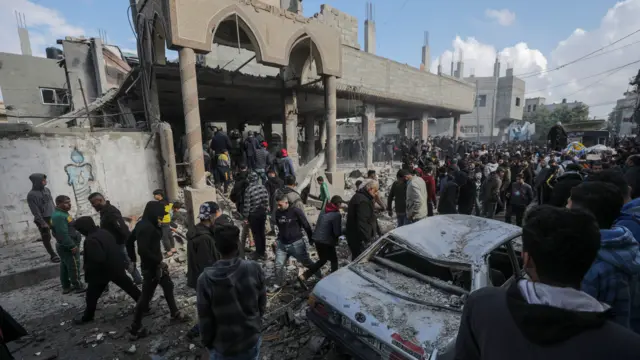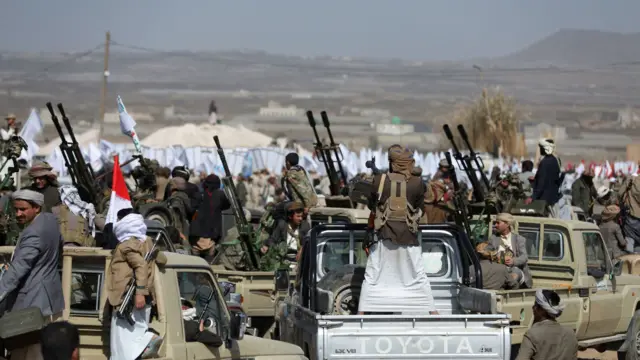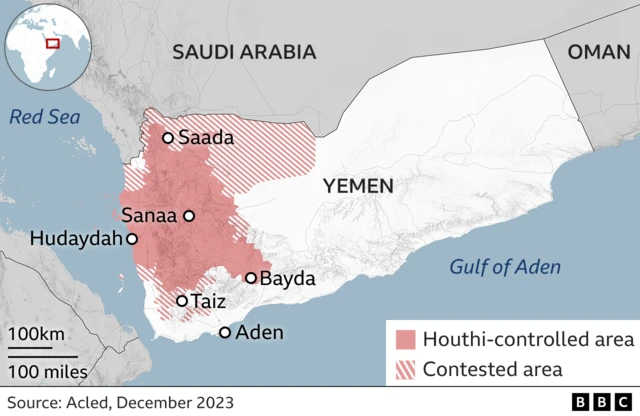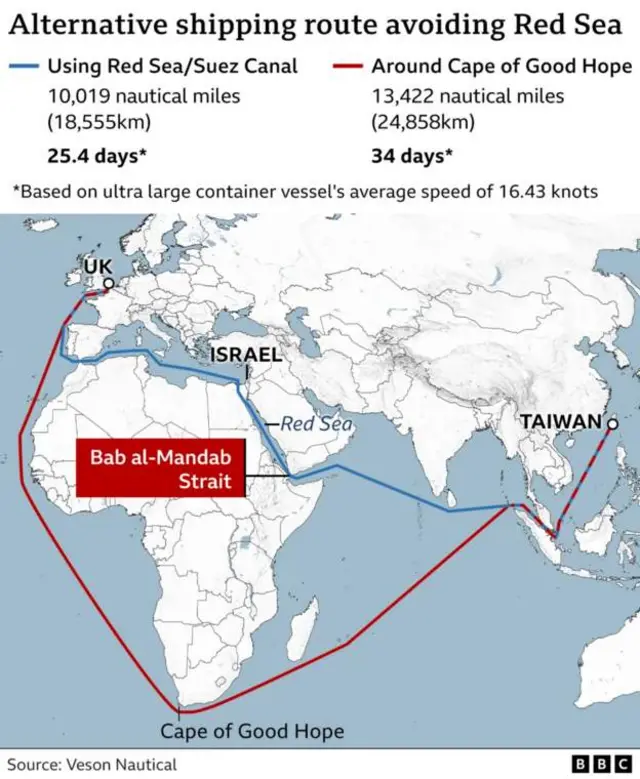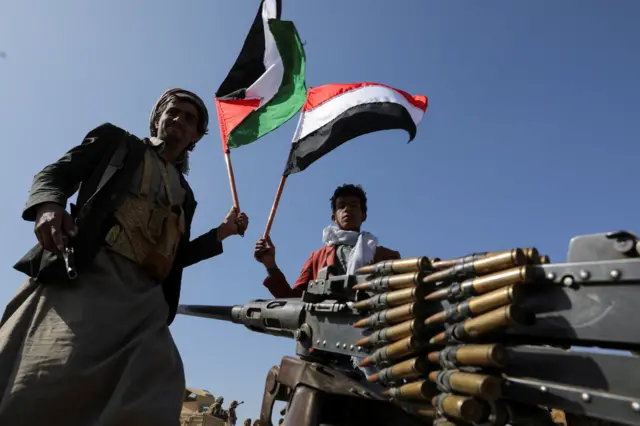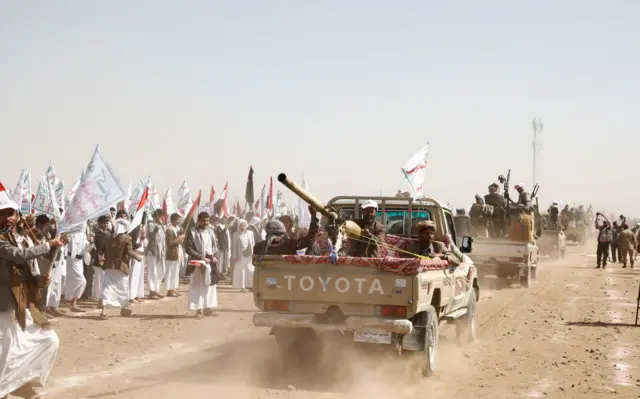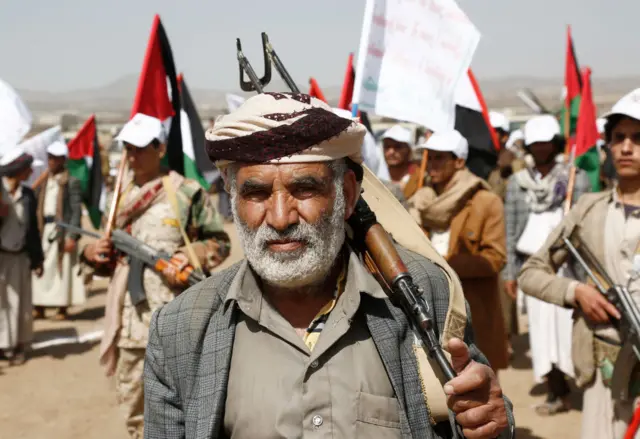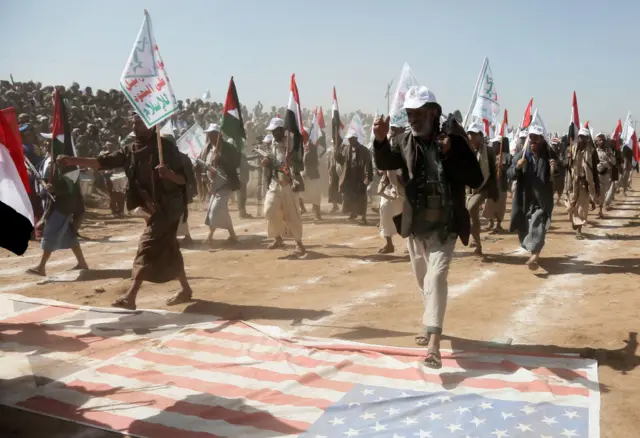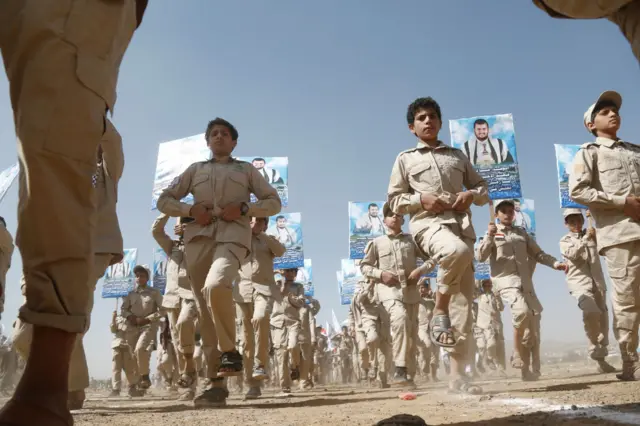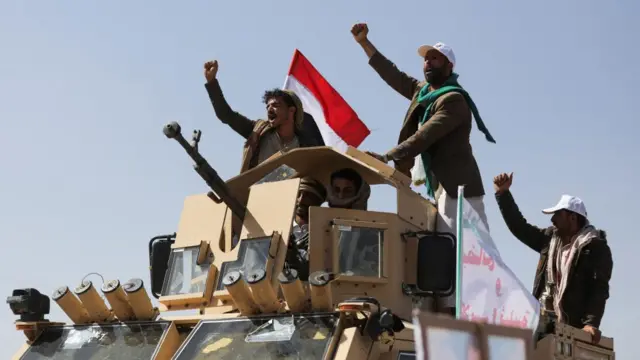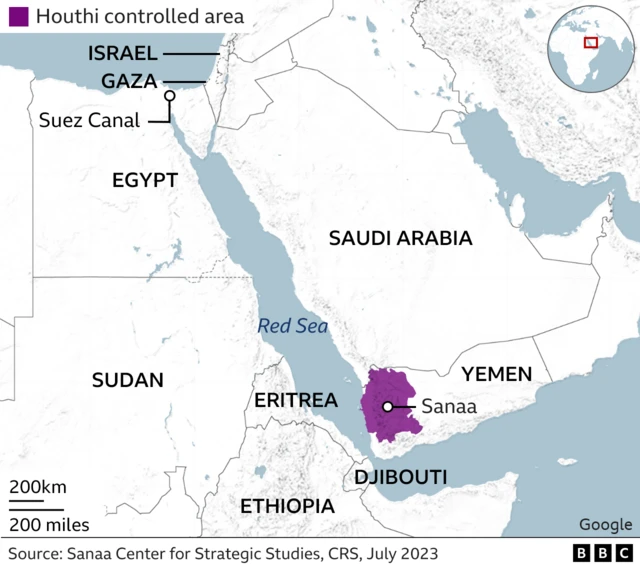Blinken will press for ceasefire and release of hostagespublished at 13:31 GMT 5 February 2024
 Barbara Plett Usher
Barbara Plett Usher
Reporting from Jerusalem
There are serious discussions under way for another possible truce in the Gaza conflict, with the parties currently waiting for a response from Hamas to the draft proposal.
The framework was agreed by the intelligence chiefs of the United States, Qatar, Israel and Egypt.
Reports say it is structured in at least three phases. Each would involve the release of Israeli hostages held in Gaza and Palestinian prisoners held in Israel.
But it doesn’t yet commit Israel to end its war with Hamas. That’s a key sticking point because the Palestinian militant group is demanding that the truce lead to a permanent ceasefire.
Crucially, the cessation of hostilities would allow for a dramatic increase in humanitarian aid to Gaza, which the UN says is at risk of famine.
If Hamas agrees to start building on the framework, there would still be many details to work out.
And it would also have to be approved by Israel’s security cabinet, where members on the extreme right have opposed the terms.

